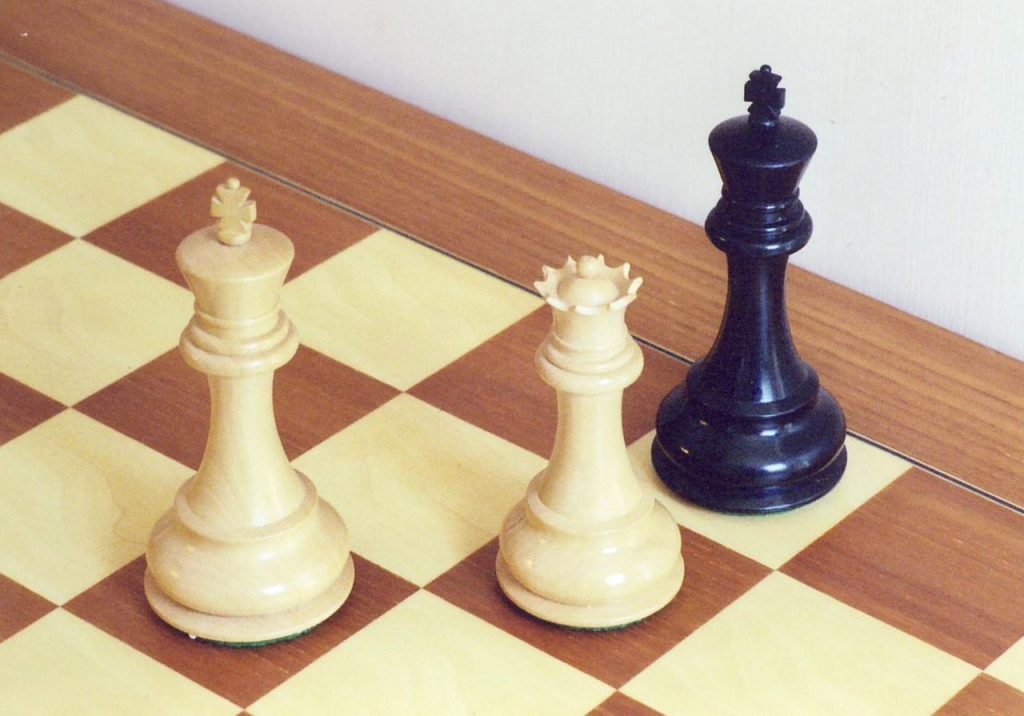
It’s been about a month since I wrote my article about why war is highly unlikely amidst growing fears that it would break out after the US assassinated Iranian General Qasem Soleimani. This article should be considered an informal follow-up to that, almost like an unofficial part two. You don’t have to, but you should probably read the first article before this one as it will make a lot more sense. This article is less about reporting statistical information but more of a highly informal comment about war and in particular nuclear war.
Since the second world war was ended by the hellish fire of nuclear weapons which were first unleashed to the world in 1945, decimating the Japanese town of Hiroshima in which almost 90% of the population were simply innocent civilians, the world has not seen a true major global conflict with a death toll as close to World War II since.
Now, I’m by no means saying that nuclear weapons are at all a good thing to have, and we’ve certainly had our fair share of scares and problems with them. The cold war was a terrifying prospect and almost saw the end of the world many times, but could there be a silver lining hidden behind the fiery demise that these weapons forebode?
World War I occured from 1914 to 1919. In terms of technological history, the scale of World War I was enabled by the technological advances of the second industrial revolution and the resulting globalization that allowed global power projection and mass production of military hardware. Until this revolution, global-scale conflict simply was not feasible due to the lack of technology. Once said technology was available however, it was almost inevitable that conflict broke out due to growing global tensions and a complex system of opposing military alliances (the German and Austro-hungarian Empires against the British, Russian and French Empires).
Once this war ended, it shook the world and marked that we had entered a new era. An era of conflict. All kinds of war crimes were perpetrated in World War I all enabled by this newly-developed technology, such as chemical weapons which are classified as weapons of mass destruction (WMD). Oh yeah, and that’s the same classification as nuclear weapons.
And as if this fighting was bad enough, just 20 years later in 1939 the world saw the deadliest conflict in human history yet (by death toll) when Hitler invaded Poland sparking World War II, which ended with the first use of arguably the worst, most terrifying and horrific weapons to ever exist (and likely will ever exist). Nuclear warheads.
So why is it then that I am arguing that these weapons may not be as bad as they seem?
I mentioned before that the whilst the first world war took place due to growing global tensions, it was solely enabled because of new technology (and consequently the growing global tensions enabled by that technology). Now, that technology obviously still exists to enable the world to enter a large-scale conflict again, but considering that the second world war was only 20 years after the first, surely that makes us way “overdue” for a conflict?
This leads on to my main point of this article, the theory of Nuclear peace. Nuclear peace is an ideology of international relations that argues that under some circumstances, nuclear weapons can actually induce stability and decrease the chances of crisis escalation. This might sound nonsensical, but think about it this way: World War I and II were both fought between the superpower nations of the time who had access to the best technology. Nowadays, virtually every superpower nation in the world has access to nuclear weapons to a certain extent. As a consequence of this, any conflict between these nations in the present day would result in something known as Mutually Assured Destruction (MAD).
No nation in their right mind would escalate any form of conflict if they knew that it would surely result in their own destruction as well as their enemies. This is exactly why there was no conflict during the cold war. Neither the US or the USSR wanted to escalate the conflict any further because they knew it would result in both nation’s complete destruction. It is the same fear in which I believe that there has been no world wars since WWII ended in nuclear fire and why, there will never intentionally be another.
No nation wants to fight anymore because they know it’ll probably result in the end of the world. No matter how much a nation’s policies, culture or ideas differ, one thing they all have in common and agree on is that they want to survive. The most basic instinct of humanity. A nuclear peace results when the costs of war are unacceptably high for both sides. If both nations have mutual second strike capability, defense becomes impossible and so it is the very prospect of fighting the war, rather than the possibility of losing it, that induces restraint. This is even further complicated by the intricate alliances that exist in modern society. This means that if two superpower nations are involved in a conflict, it’s virtually guaranteed that all the rest will be involved, further increasing the warhead count and the probability of total annihilation.
Thus, the greatest and last stalemate to ever exist is born from the embers that is the truly horrifying reality of modern warfare. As a super-computer once said in 1983, “a strange game. The only winning move is not to play.”
